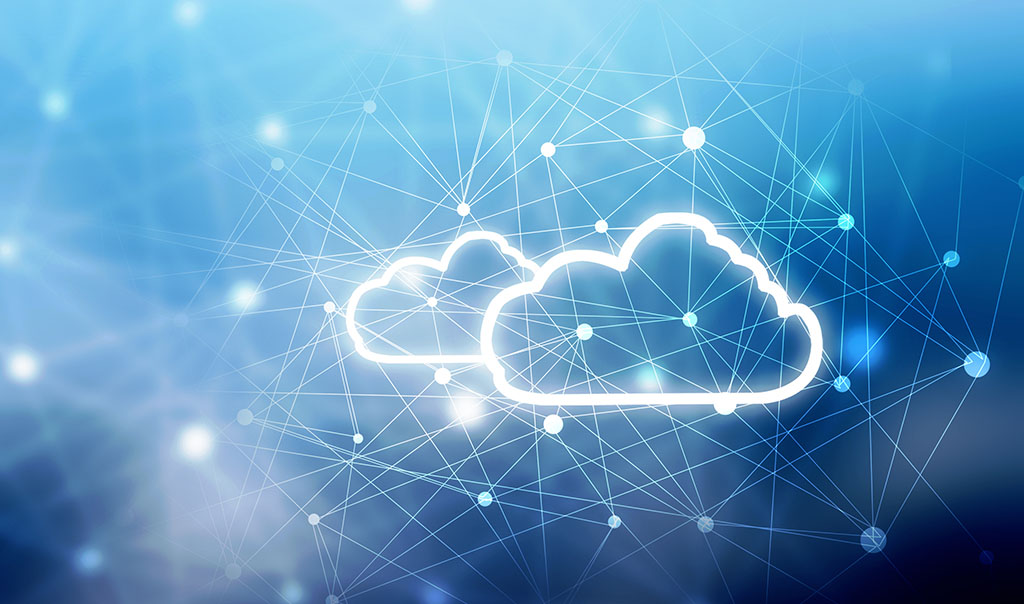What MSPs Should Know About Offering Disaster Recovery Solutions in the Cloud
Connectria
Author
Date
July 17, 2019

The continuity of your client’s operations depends on the efficient, uninterrupted flow of data across their organization; from internal operations to shipping and everything in-between. Their business data is under a constant threat of attack and unfortunately, even the smallest lapse in data flow can result in production disruption, lost sales, and significant damage to the brand.
In order to stay competitive in a sea of MSPs, it’s imperative that your organization stays ahead, or at least neck and neck, with innovation. As such, many are beginning to transition from offering traditional on-premise disaster recovery to the much more reliable and affordable Disaster Recovery as a Service (DRaaS) platform.
But what does this actually mean for you, your customers, and their critical data? Before you completely revamp your infrastructure or partner with a DRaaS provider, there’s a few important factors that you should be aware of.
Traditional Disaster Recovery
We all know that having a secondary physical site for disaster recovery is a rather significant investment. Every aspect of on-site DR raises both your clients’ and your overhead costs — additional data center space, cooling, connectivity, power consumption, physical servers, etc, etc, etc. And of course, each cog in this wheel, though only used for data replication or in the event of a disaster, requires maintenance that racks up even more costs.
However, a couple of things that both enterprise organizations and MSPs alike sometimes forget is that there is a significant time lag between developing the processes for an on-premise disaster recovery site and taking it live. Human error, natural disasters, or other unforeseen events can not only be costly at this juncture, they can be utterly devastating for the organization.
Additionally, there is a considerable risk of data loss and business continuity in the event of an actual disaster. If the connection between the primary and DR sites fails or is interrupted, operations at the DR site must be started manually. As mentioned earlier, this type of lapse in data flow can be devastating across the board with just minutes of downtime, so just imagine the consequences if staff cannot get on-site to rectify the failure or interruption for hours, days, or even weeks at a time.
Versus Cloud-Based Disaster Recovery
Data recovery utilizing the cloud is almost the exact opposite of everything in the previous section. Generally, the first thing that stands out to organizations of all sizes is the bottom line of course — the cost.
A cloud-based disaster recovery service generally only requires a minimal amount of resources. There isn’t the need for additional physical servers and their associated data center space, cooling systems, power consumption, and maintenance. With cloud DR, your customer’s entire server, including the OS, applications, patches, and of course that all important data, is encapsulated into a single virtual server.
This eliminates the time lag between development and going live as the virtual server can then be backed up to an offsite data center and can go live within minutes or even seconds, minimizing the risk of data loss or interruption to business continuity.
Cloud DR is also automated, meaning that anytime a disaster is detected the necessary additional resources immediately go live, significantly reducing the recovery time and ensuring business continuity. During a data outage, “failover” procedures are initiated and workloads are automatically shifted to a different location and restarted from there. After the outage is resolved, those workloads are automatically shifted back via “failback” procedures.
With failover and failback protocols, the entire virtual server can be quickly and safely transferred from one data center to another without having to manually reload the OS, data, applications, patches, etc. as required by on-site DR. When establishing the data set for their disaster recovery solution, your clients can select data, virtual machine images, or full applications for the failover/failback procedures. However, this process can take a decent amount of time to complete and in order to ensure that they are set up for complete recovery, they should partner with a data center provider that will work with them every step of the way.
Another highly lucrative benefit of disaster recovery in the cloud is that it offers a high degree of scalability. Compared to on-site, physical data recovery systems, cloud backup is virtually endless. As your client’s operations and needs grow, instead of having to add additional servers, cooling systems, etc, all they have to do is extend their service plan for additional resources as needed or required.
Arguably the best part about a cloud-based disaster recovery service is that it changes the focus from hardware purchases and data center setup to cloud capacity planning and its inherent benefits:
- Reduced costs and the pay-as-you-go model is especially beneficial for smaller businesses.
- Automation minimizes recovery time during failovers.
- Backup data stored in remote geographical locations that aren’t affected by local disasters.
- Scalability that provides your customers the ability to handle growth and emergencies like never before.
- The hassle and costs of uploading recovered data is completely removed.
Cloud-based disaster recovery makes on-premise DR look like a fool’s errand — it just doesn’t make sense.
The Difference the Right Partner Makes
While there are a virtual ton of organizations that offer DRaaS, there are several things you should consider before partnering with any of them.
Can they meet the spectrum of Recovery Time Objectives (RTO) and Recovery Point Objectives (RPO) required by your client base? Are they able to provide migration options for your customers or are they simply reselling for the actual provider? What are their support and monitoring policies?
At Connectria, we offer a full suite of data migration options starting with backup tape restore all the way to real-time data replication. We also have proven DRaaS solutions that can be customized as needed in order to address their various RTO & RPO requirements. Lastly, every option includes complete implementation by our skilled engineers, as well as 24×7 monitoring and support, and annual failover testing.
Contact us today and let’s discuss what partnering with Connectria will mean for your customer’s data storage and disaster recovery needs.
Keep Reading
Prepare for the future
Tell us about your current environment and we’ll show you the best path forward.
Fast track your project. Give us a call.






